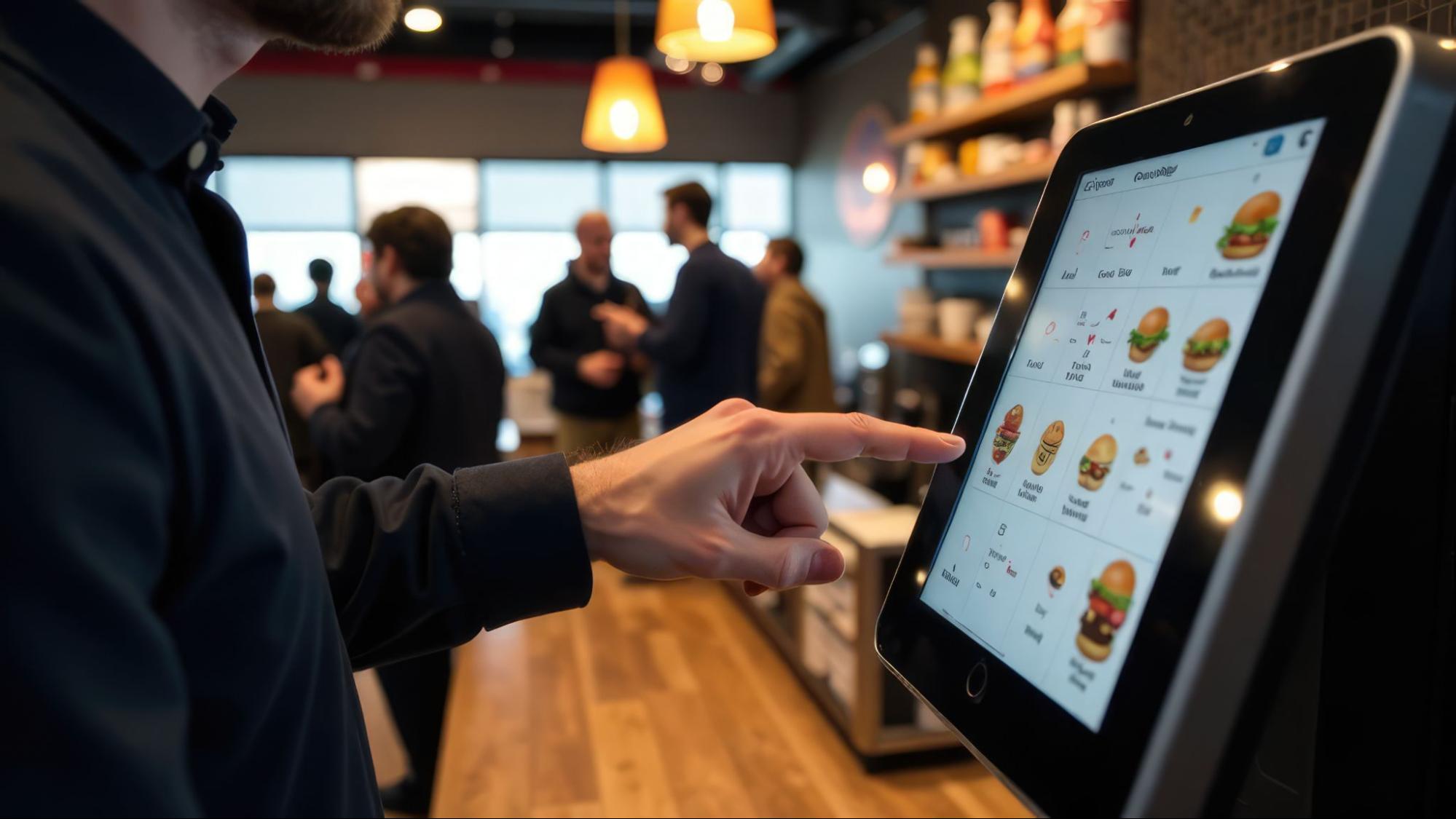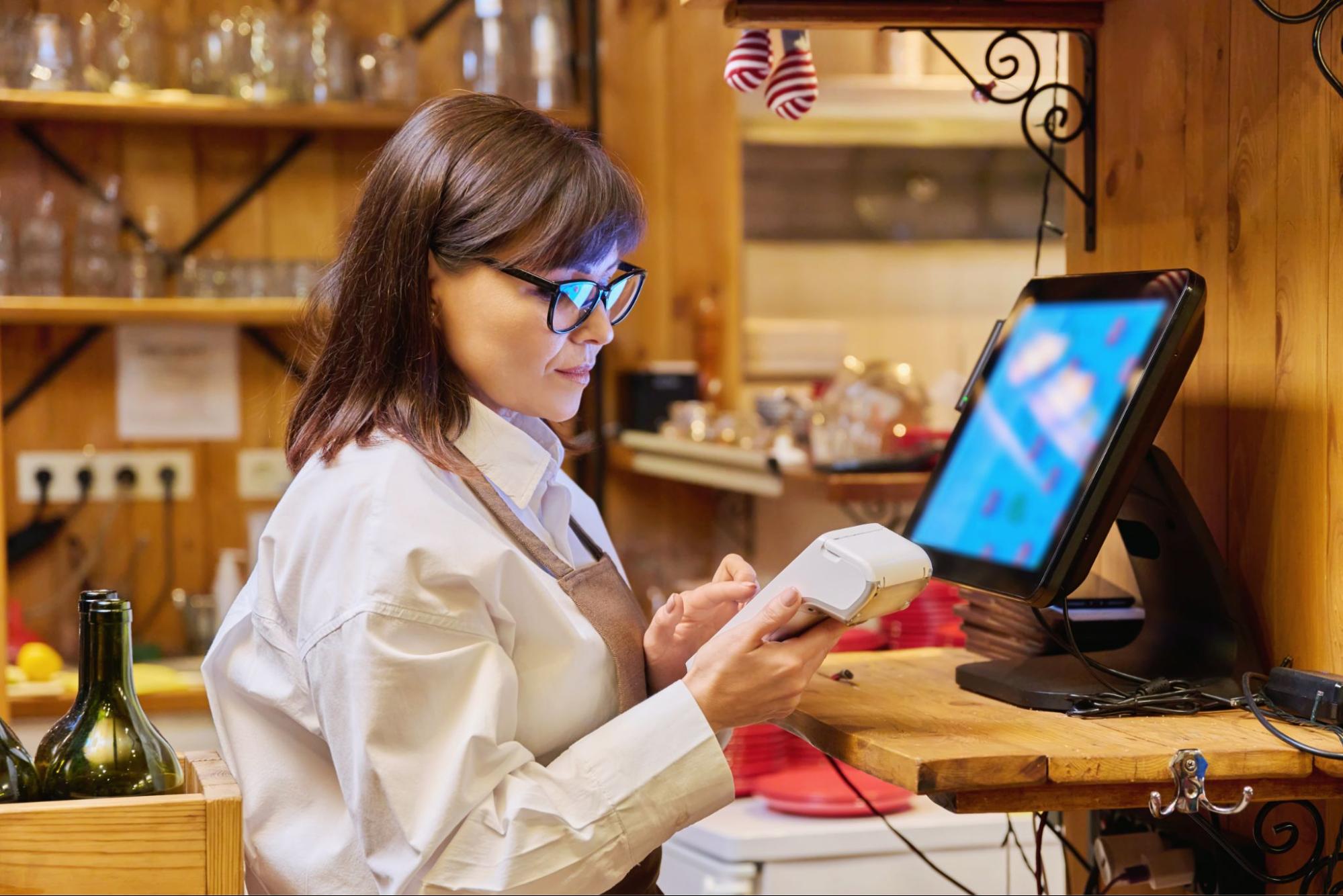
Running a restaurant today is more challenging than ever. With pressures from rising costs, tight margins, and evolving customer expectations, keeping a restaurant thriving requires constant adaptation.
The way restaurants operate is changing rapidly, and embracing technology is now essential to staying competitive. Without it, the risk of falling behind in a crowded market increases significantly.
Read on to explore why investing in restaurant technology is crucial for your success and how it can help you stay ahead.
Improve Decision-making with Data-driven Tools
Guesswork can lead to costly mistakes. Data tools give you the numbers you need to make clear, confident decisions that support daily operations and long-term growth.
The following are practical ways restaurant technology can support better decision-making:
- Inventory management software: Track ingredient levels in real time and receive alerts before stock runs out. This helps prevent over-ordering and minimizes food spoilage, keeping costs under control.
- POS reporting features: A POS restaurant system can generate detailed reports on sales performance, helping you understand which items perform best and when. This supports more accurate forecasting and smarter menu planning.
- Customer analytics platforms: Use customer data to spot patterns in purchasing behavior. Knowing what guests prefer can help you adjust promotions, tweak portion sizes, or introduce limited-time offers that are more likely to sell.
- Operational insights: Some systems measure prep times, table turnover, and staff efficiency. These insights allow you to fine-tune schedules, streamline service, and reduce bottlenecks during busy periods.
Good data helps you act, not guess. With the right tools, you can run your restaurant with more clarity and less risk.
Streamline Orders with Digital Solutions
Manual order-taking can slow things down and lead to errors. Digital systems keep everything clear and consistent, helping your team serve guests more efficiently.
The following are key tools that improve how orders move through your restaurant:
- Kitchen display systems (KDS): Orders are sent directly from the POS to screens in the kitchen. This removes the need for handwritten tickets, which are easy to misread or lose. With a KDS, staff can view, prioritize, and mark orders as complete, reducing delays and confusion.
- Self-ordering kiosks: Guests can place their own orders at their own pace. Kiosks let them customize items, explore the menu without pressure, and double-check their choices before paying. This flexibility makes it easier for health-conscious diners to stick to a healthy diet by adjusting ingredients or portion sizes to suit their needs. This reduces order entry mistakes and shortens wait times at the counter.
- Online ordering platforms: Takeout and delivery are easier to manage with integrated online ordering. Customers can place orders through your website or app, and the details feed directly into your POS. This lowers the chance of missed or incorrect orders and keeps your front-of-house team focused.
Digital ordering tools help your restaurant move faster and more accurately. This leads to better service, fewer errors, and a smoother shift for your staff.
Optimize Labor and Back-end Operations
Managing labor and behind-the-scenes tasks remains one of the most complex challenges in the restaurant industry. While you can’t automate passion or hospitality, you can use smart tools to make your team more efficient and reduce pressure during busy hours.
The following are practical ways restaurant operators can use technology to improve back-end operations and labor productivity:
- Kitchen automation software: This reduces manual steps in cooking workflows. From tracking cook times to automating fryers and ovens, it ensures food is prepped with precision and helps maintain consistent food quality regardless of who’s working the shift.
- Smart scheduling tools: These platforms help managers build more accurate schedules based on forecasted traffic, minimizing both understaffing and overstaffing. They also allow staff to trade shifts or request time off digitally, improving restaurant staff satisfaction.
- Digital prep lists: Automating daily prep checklists ensures tasks are assigned and completed on time. This improves handoffs between shifts and cuts down on missed or duplicated work—especially valuable in a busy kitchen environment.
Using restaurant technologies to streamline behind-the-scenes tasks lets your team focus where it matters—on delivering an excellent customer experience and running a smoother shift.
Boost Sales with Smart Marketing and Loyalty Tools
In today’s competitive market, attracting new customers is essential, but retaining them is equally important. Digital tools designed for customer retention can significantly enhance loyalty and encourage repeat business.
Here are the key features of marketing and loyalty systems that can elevate your restaurant’s sales:
- Integrated loyalty program: Modern systems allow for seamless loyalty programs that reward repeat visits. Points, discounts, and special offers encourage customers to return more frequently and increase their average spend. This creates a sense of value, driving customer loyalty over time.
- Customer relationship management (CRM): These tools track customer preferences, visit frequency, and purchase history. By understanding individual behaviors, restaurants can offer personalized promotions and targeted marketing. This data-driven approach ensures that your promotions resonate with your customer base, leading to higher conversion rates.
- Email marketing & push notifications: Automated email campaigns and push notifications help you stay connected with your customers. Sending updates on new menu items, events, or exclusive discounts keeps your restaurant top of mind, even between visits.
With the right tools in place, these features work together to create an ecosystem that encourages repeat business and enhances your overall revenue.
Final Thoughts
Adopting restaurant technology is a step toward future-proofing your business. As the industry continues to evolve, staying ahead means embracing innovation that not only solves today’s challenges but also prepares you for tomorrow’s demands. The choice to innovate today will ensure that your restaurant remains resilient, competitive, and ready for whatever comes next.


